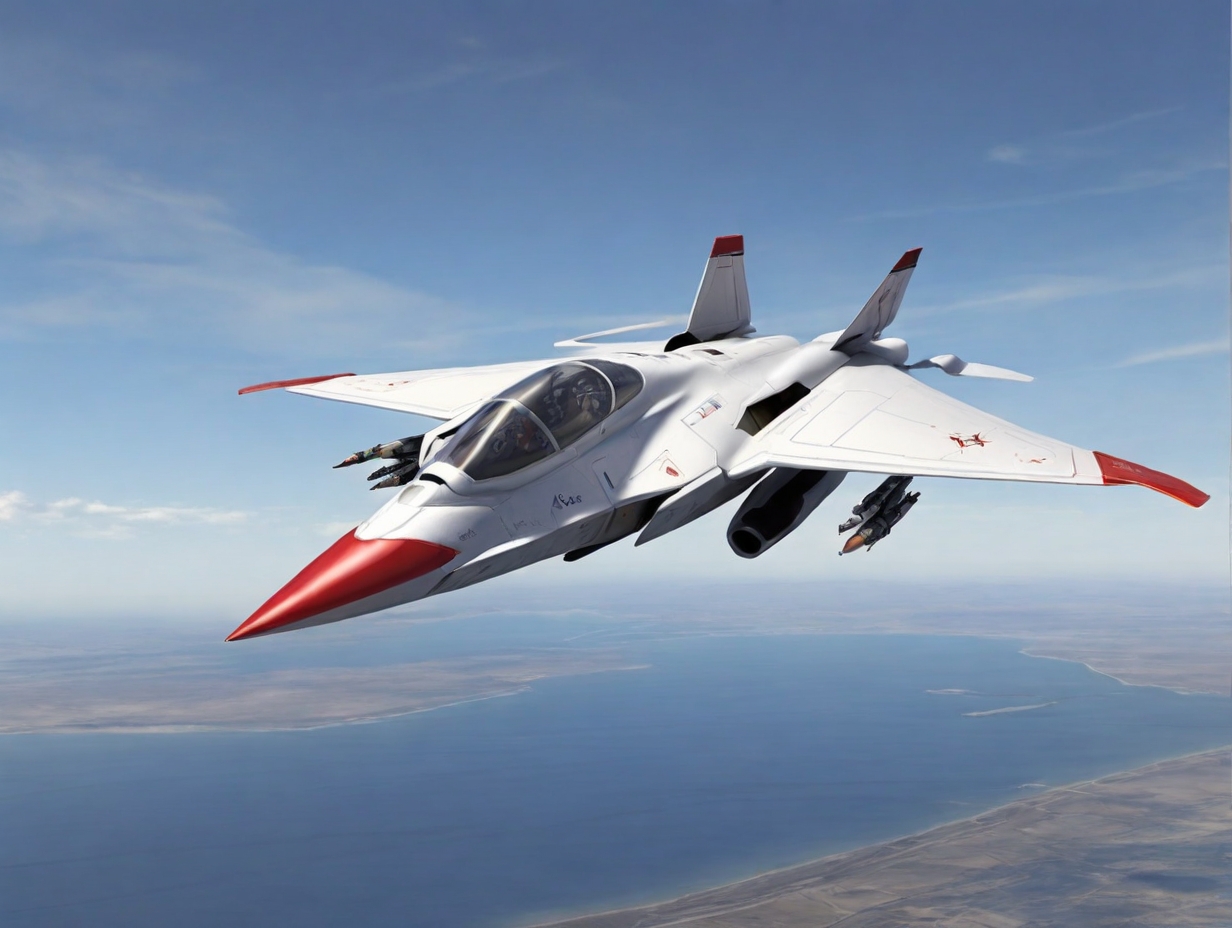The recent Air Force Test Pilot School of the USAFTPS and the DARPA successfully reached a major milestone in the development of aircraft technology in battlefield warfare. They will for the first time demonstrate a fight through the air and between a stealth jet piloted by an AI and a regular human pilot, for instance. The unusual event was done with the help of the X-62A ASTIA-modified General Dynamics F-16d, which is related to the DARPA ACE Project.
Rapid advancements in AI combat capabilities
The X-62A VISTA is known as VIS VISTA, which is a Variable In-Flight Stability Test Aircraft, and it has been testing new AI algorithms. It started things off with the first informal tests in Dec of 2022, which run from those 12 flights by Feb 2023, in the base of Edwards Air Force Base in the USA. Among 100,000 lines of flight-critical programs, only 21 sets of test flights are performed over one year.
The relentless testing schedule built a milestone that was made by the AI versus human dogfights, which is the first step to autonomous air combat which is so significant. With the manned F-16s as opponents, the AI-driven wingman X-62A showed the techniques of AI in fight conditions and also the security protections. Unlike the regular jet that had safety pilots, the safety disengage wasn’t triggered a single time; during the dogfights, the AI systems were proven to be a reliable and safe technology.
Safety and efficiency in AI implementation
Lt. Col. James. Valpiani, the Director of the Test Pilot School, talked about the efficiency of artificial intelligence systems integration through run combat scenarios. He concluded that the show of strength demonstrated herein proves that we can carry out such operations securely and in an environmentally responsible manner. This milestone has overturned the traditional doctrine of military aviation, validating that AI can leverage the capability of human pilots and perform well in critical missions.
United States Air Force Secretary, Frank Kendall, hailed the milestone as a tremendous step forward that largely enabled the revolution. “For years now, the vision of an autonomous air-to-air combat has been argued with, and now we’re seeing this notion as it unfolds,” said Kendall in a statement. He is next on the itinerary of an upcoming test fight to see the AI aviation technology in action and check the strides made so far.
X-62A VISTA: A versatile platform for future technologies
The mainstay in the NCA family – 1992’s NF-16D – featured a multi-axis thrust-vectoring engine nozzle that, along with enhancements such as active aeroelastic control, provided a turn of a dial’s worth of increase in the aircraft’s maneuverability. Thousand ways technologies were tested, Direct Voice Input, and virtual head-up displays to the one Lockheed Martin F-35 Lightning II. In the eighth month of 2021, it received the X-plane designation X-62 thus it became a member of the USAF program called Skyborg.
The Skyborg project considers the realization of a conflict aircraft with a manned carriage which is determined or compelled by AI – AI-supporting the manned aircraft. The program moves collateral agencies as well as companies to lead the innovative advancement of the combat air vehicles’ next generation.
The X-62A VISTA functions as the heart of the system, integrating diverse knowledge and expertise in a single platform. With the advancement of AI technology, the X-62A VISTA stands as one of the finest examples of introducing AI into the daily life of real-world abstract classes and applications like air combat. This trial also boosts the confidence level in AI technology and its capability to do security duties, which have been solely held by people, by having exerted its prowess. In essence, this portends a new era in air warfare.
This article originally appeared in AeroTime





